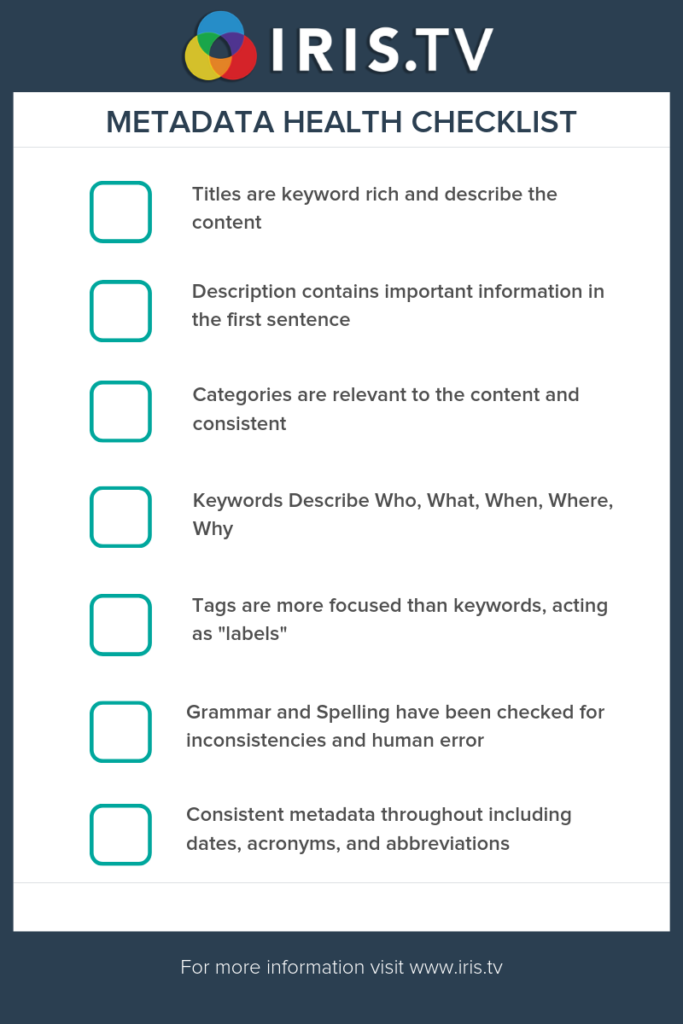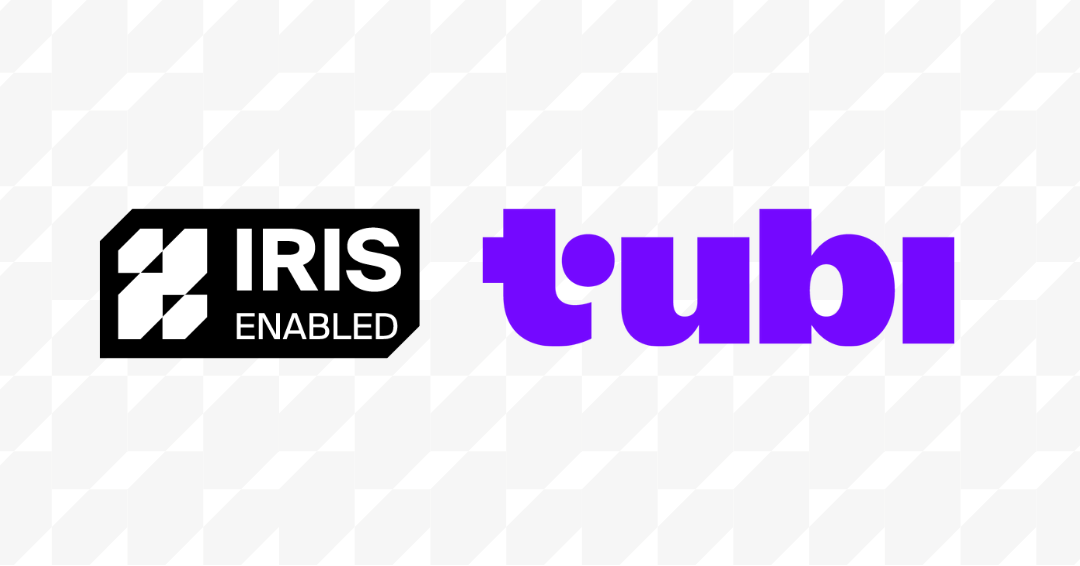Video Programming Essentials: Understanding Your Video Data
Posted by Melissa Lachman | Jul 31, 2019 | Contextual Video,Video Recommendations |
Check out these helpful links for more on metadata:
Taxonomy
What is Taxonomy?
Taxonomy, as it relates to video content, is a way of describing and classifying your digital assets. A well-tailored taxonomy is the foundation of any successful publisher’s video strategy. If metadata is the lifeblood of content discovery, taxonomy is the circulatory system. A taxonomy’s configuration of categories and subcategories provides context for the discovery and recommendation algorithm which interprets a video’s more granular associated metadata (keywords/tags, title, description, etc.) to facilitate video recommendations. Taxonomy’s purpose is classification. Consider the relationship between taxonomy and metadata this way: taxonomy organizes information while metadata describes it.
No matter what AI-based video programming platform you use, all algorithmic-based systems work best when video asset metadata is structured in a category taxonomy.
A well-constructed taxonomy not only supports discovery and recommendations but also enables you to have more precise video programming controls as well as gain actionable insight from analytics.
- Editorial teams want the benefits of automation, while still having the ability to override recommendations according to business rules and editorial standards.
- Content Acquisition wants to better understand the supply and demand of their assets.
- Audience Development and Marketing teams want to know what categories are resonating with their new, returning, and loyal audiences.
- Revenue teams want to be able to better package up inventory and optimize their branded campaigns.
Without a video taxonomy, you cannot do any of these things effectively.
See our Publisher's Guide to the Best Video Taxonomy)

The real ROI comes from a publisher’s ability to create a taxonomy that simultaneously takes into account its business goals (branded video campaigns, increasing views/viewer retention, etc.) while also considering the subtleties of the brand’s editorial that resonate most with its target audience.
Metadata Enrichment
Now that you know what metadata is and why healthy and consistent metadata is critical for an optimized video strategy, let's discuss metadata enrichment.
Metadata enrichment is a system that can create categories and keywords where none exist and enrich existing taxonomical structures. If a publisher has sparse or nonexistent data, IRIS.TV's data ingestion and automated structuring system, Asset IQ™ can enhance or create the missing data.
Essential Video Metrics and How to Apply Them
Below is an excerpt from our comprehensive post, Top Video Metrics and How to Take Action From Them.
When it comes to measuring the success of your video business, each team within your organization will measure performance based on different metrics. Product teams will look at user experience, Editorial will pay attention to content performance, while Revenue teams will look at advertising and subscriber yield.
Because revenue, product, and editorial teams approach and define success differently within their own unique set of goals, we work with publishers to apply video metrics cross-functionally. In this first part of an ongoing series on video metrics, we’ll go over the basics of how our clients optimize their video performance and which metrics they are looking at to track their overall success to tell their unique story.
Key Metrics
- Experience: A playback of an IRIS.TV stream of videos, continuing until the user either exits the player, abandons the stream or clicks on a non-recommended video.
- Initial Views: The first video played by click-to-play and autoplay. Since an initial view signals the start of a new experience, initial views = experiences.
- Recommended Views: A video programmed by IRIS.TV Adaptive Stream™ that follows an initial view in a linear stream or in a carousel thumbnail.
- Total Views: The sum of Initial Views and Recommended Views.
- Video Lift: The percentage increase in video views as a result of IRIS.TV video recommendations. This is calculated by dividing Recommended Views by Initial Views.
- Bounce Rate: The percentage of experiences that do not result in the presentation of a recommended view.
See below for more helpful resources to accompany this post:
- A Publisher's Guide to the Best Video Taxonomy
- Infographic: Video Metadata 101
- Maximizing Video Revenue From Known Viral Events
- Top Video Metrics and How to Take Action From Them
To learn more about video data and how to better enable it for video programming, contact us today.



.png)

.png)



